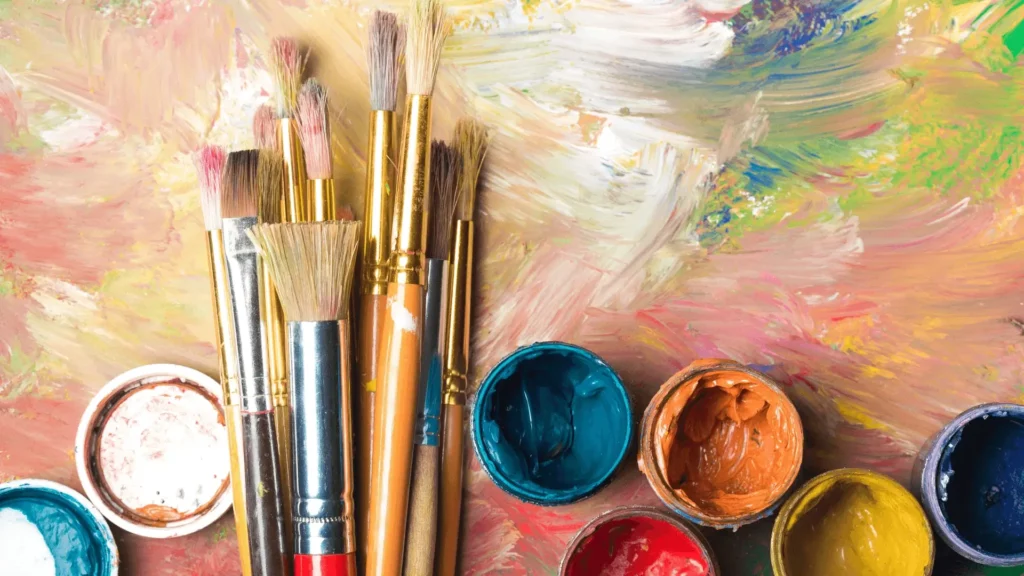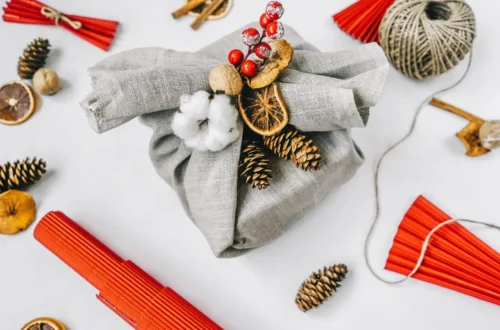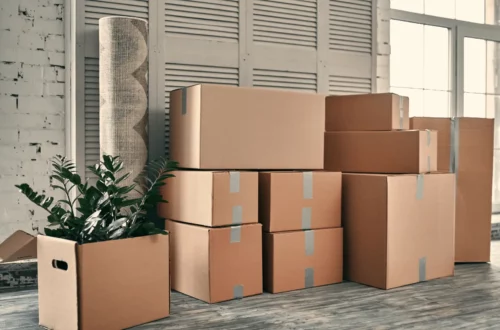A Guide to Repurposing Old Paintings

Are you tired of seeing your old paintings gathering dust in the attic? What if I told you there’s a way to repurpose them into stunning new masterpieces? In this article, we’ll dive into the exciting world of repurposing artwork and show you how to breathe new life into your previous pieces.
You may have had a happy little accident or simply outgrown a painting, but that doesn’t mean it’s destined for oblivion. With a few creative techniques and a touch of inspiration, you can turn your unwanted artwork into something remarkable.
we’ll cover everything you need to know about repurposing old paintings. From using a palette knife to create texture and depth to exploring different art restoration techniques, we’ve got you covered. Read on as we share expert tips, step-by-step instructions, and plenty of ideas to spark your creativity.
Don’t let your previous pieces languish in the shadows. Discover the joy of repurposing and witness the transformation of your artwork into something truly unique and exciting. Get ready to reimagine, redesign, and renew your old paintings with us.
Introduction to Repurposing Old Paintings
Repurposing old paintings offers a thrilling opportunity to transform forgotten artwork into something new and captivating. Instead of storing those dusty canvases in the attic, why not give them a fresh lease on life? By repurposing, you not only breathe new life into the original piece but also unleash your creativity and showcase your artistic evolution. Embracing this process allows you to experiment, take risks, and uncover hidden gems within your own artistic journey. In this section, we will explore the concept of repurposing and discuss the exciting benefits that come with giving previous artwork a second chance to shine.
Also read: The Importance of Implementing the 5Rs of Waste Management
Examining the Original Painting
When repurposing old paintings, it is crucial to begin by examining the current state of the artwork. This initial assessment allows you to identify areas that need improvement or transformation. By understanding the strengths and weaknesses of the original painting, you can better plan for its repurposing journey.
Take a close look at the brushstrokes, color palette, composition, and overall condition of the painting. Look for any areas that might require touch-ups or alterations. This examination will help you determine the best approach for repurposing the artwork and ensure a successful transformation.
Remember, the goal is to breathe new life into the old painting and create something unique and exciting. So, spend some time critically analyzing the original piece before embarking on the repurposing process.
Assessing the Brushstrokes and Color Palette
Closely examine the brushstrokes used in the original painting. Are they bold and textured, or more delicate and precise? Understanding the brushwork will guide your decision-making process when it comes to adding new layers or altering the existing ones.
Similarly, pay attention to the color palette. Is it vibrant and lively, or muted and subtle? This observation will help you determine whether you want to enhance the original colors or introduce new ones to create a different mood or atmosphere in the repurposed artwork.
Evaluating the Composition and Overall Condition
Evaluate the composition of the old painting—the arrangement of elements and the balance of visual weight. Consider if any adjustments can be made to create a more dynamic or harmonious composition in the repurposed piece.
Additionally, examine the overall condition of the painting. Are there any areas of discoloration, peeling paint, or damage? Take note of any restoration or repairs that may be necessary before proceeding with the repurposing process.
By thoroughly examining the original painting, you’ll have a solid foundation for transforming it into something new and captivating. With a clear understanding of its strengths and weaknesses, you can confidently move forward in repurposing your artwork.
Remember, repurposing an old painting is all about giving it new life and a remarkable end result. So, take your time to assess and envision the possibilities for transforming your previous piece of art.
Also read: How Sustainable Waste Management Can Benefit Your Business and the Environment
Techniques for Repurposing with a Palette Knife
When it comes to repurposing old paintings, one technique that can breathe new life into your artwork is using a palette knife. This versatile tool allows you to add texture, layers, and dimension to the original piece, transforming it into something unique and visually captivating.
To begin, start by selecting a palette knife that suits your needs. There are various shapes and sizes available, so choose one that feels comfortable in your hand and allows for precise control over your strokes.
Once you have your palette knife, prepare your workspace and gather your materials. Lay out your old painting on a clean surface and make sure you have acrylic or oil paints, a palette for mixing, and a palette knife-friendly surface.
Begin the repurposing process by examining the original painting. Look for areas that could benefit from texture or additional elements. Maybe there’s a tree that could use more definition or a sky that lacks movement. Use the palette knife to apply layers of paint, creating texture and depth. Experiment with different techniques, such as applying thick impasto strokes or scraping back layers to reveal underlying colors.
Remember to work in layers, allowing each one to dry before adding the next. This will prevent your colors from blending together and ensure a more defined result. Don’t be afraid to play with contrasting textures and explore the possibilities of the palette knife.
As you work, keep in mind that the palette knife can also be used to refine shapes and edges. Use the flat edge of the knife to smooth out lines or create sharp edges. Add highlights or details with a delicate touch, creating a focal point that draws the viewer’s eye.
By utilizing the palette knife technique, you can transform your old painting into a visually stunning piece of art. Embrace the power of texture, layers, and dimension to create a unique and captivating end result. So go ahead, grab your palette knife, and repurpose your old painting into something truly extraordinary.
Also read: The Rise of Upcycled Clothing: A Sustainable and Stylish Fashion Choice
A Step-by-Step Tutorial on Painting Leaves to Breathe New Life into Your Artwork
Repurposing old paintings offers a wonderful opportunity to inject new life and creativity into your artwork. In this tutorial, we will delve into the process of painting leaves on an existing canvas, demonstrating various brushstrokes and color mixing techniques that will transform your old painting into a vibrant and reimagined masterpiece.
Step 1: Assess the Canvas
Before we begin painting leaves, carefully evaluate your old painting’s composition and determine where the leaves will best fit in. Consider the size and placement of the leaves to maintain balance and harmony with the existing elements.
Step 2: Select the Colors
Choose colors that complement the existing palette of your painting, ensuring that the new leaves seamlessly integrate with the overall composition. Consider using a mixture of greens, yellows, and browns to achieve natural and realistic leaf tones.
Step 3: Brushstroke Techniques
To create the texture and shape of leaves, experiment with different brushstroke techniques. Start by using a flat brush to define the basic shape of the leaf, then utilize a fan brush or a filbert brush to add fine details like veins. Vary your brush strokes to capture the organic forms and contours of the leaves.
Step 4: Color Mixing
Mixing colors is crucial for achieving depth and dimension in your painted leaves. Blend different shades of green and brown to simulate highlights and shadows. Experiment with the amount of paint and the pressure applied to the brush to create variations in color intensity for a more realistic effect.
Step 5: Incorporate Light and Shadows
Consider the lighting in your painting and apply highlights and shadows to the leaves accordingly. This will add volume and three-dimensionality to your artwork. Pay attention to the direction of light, and use lighter tones on the parts of the leaves that catch the light, while applying darker shades to the areas in shadow.
Step 6: Practice and Experiment
As with any artistic endeavor, practice and experimentation are key to honing your skills. Don’t be afraid to make mistakes or try new techniques. Each stroke is an opportunity to bring your old painting to life with a fresh and captivating interpretation.
Also read: Make a Difference with These 11 Waste Recycling Ideas
So, grab your brushes and unleash your creativity as you transform your old painting into a vibrant new piece of art. Painting leaves allows you to showcase your skills while breathing new life into your existing canvas. Let your imagination take flight and enjoy the process of giving new meaning to your artwork.





